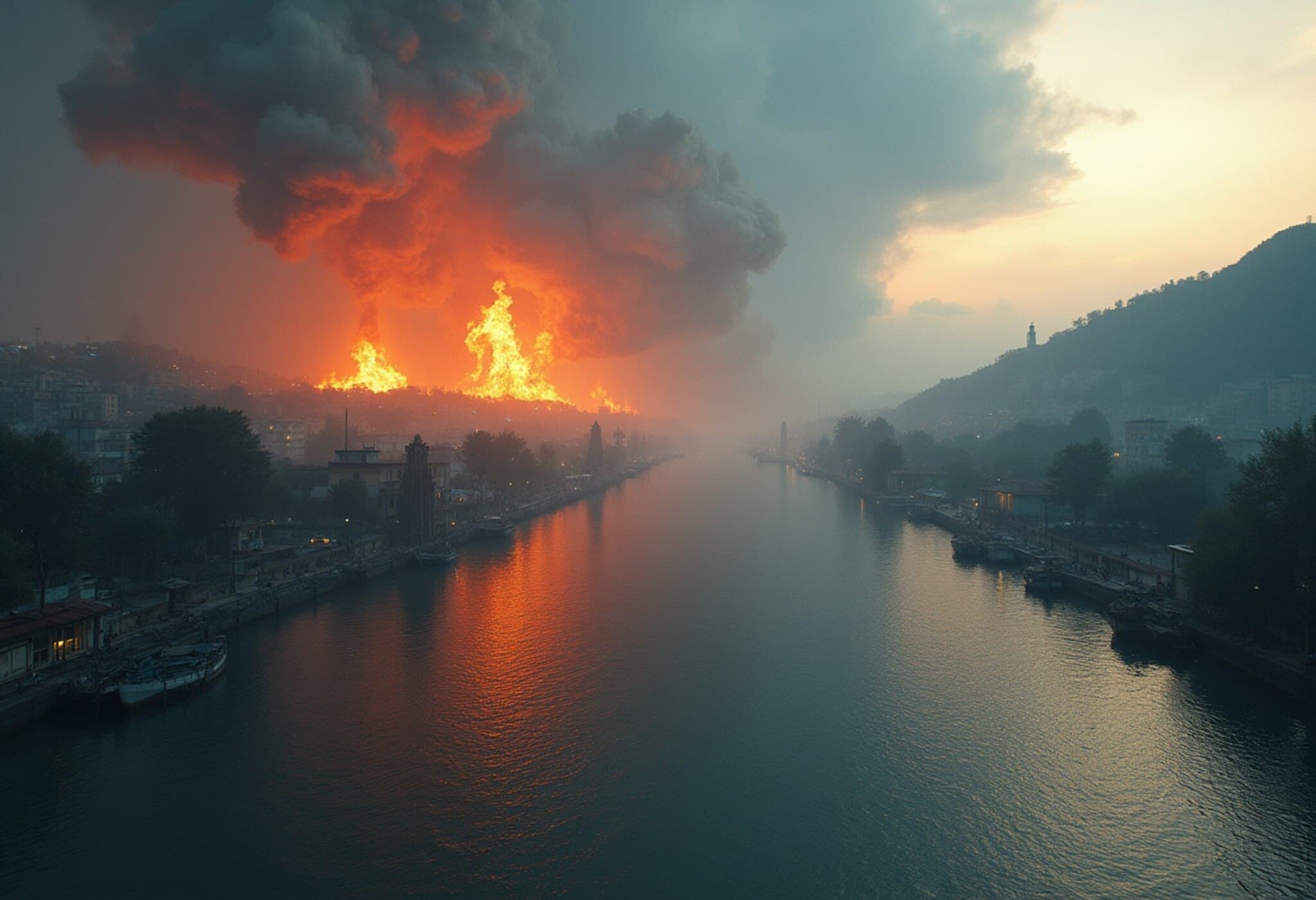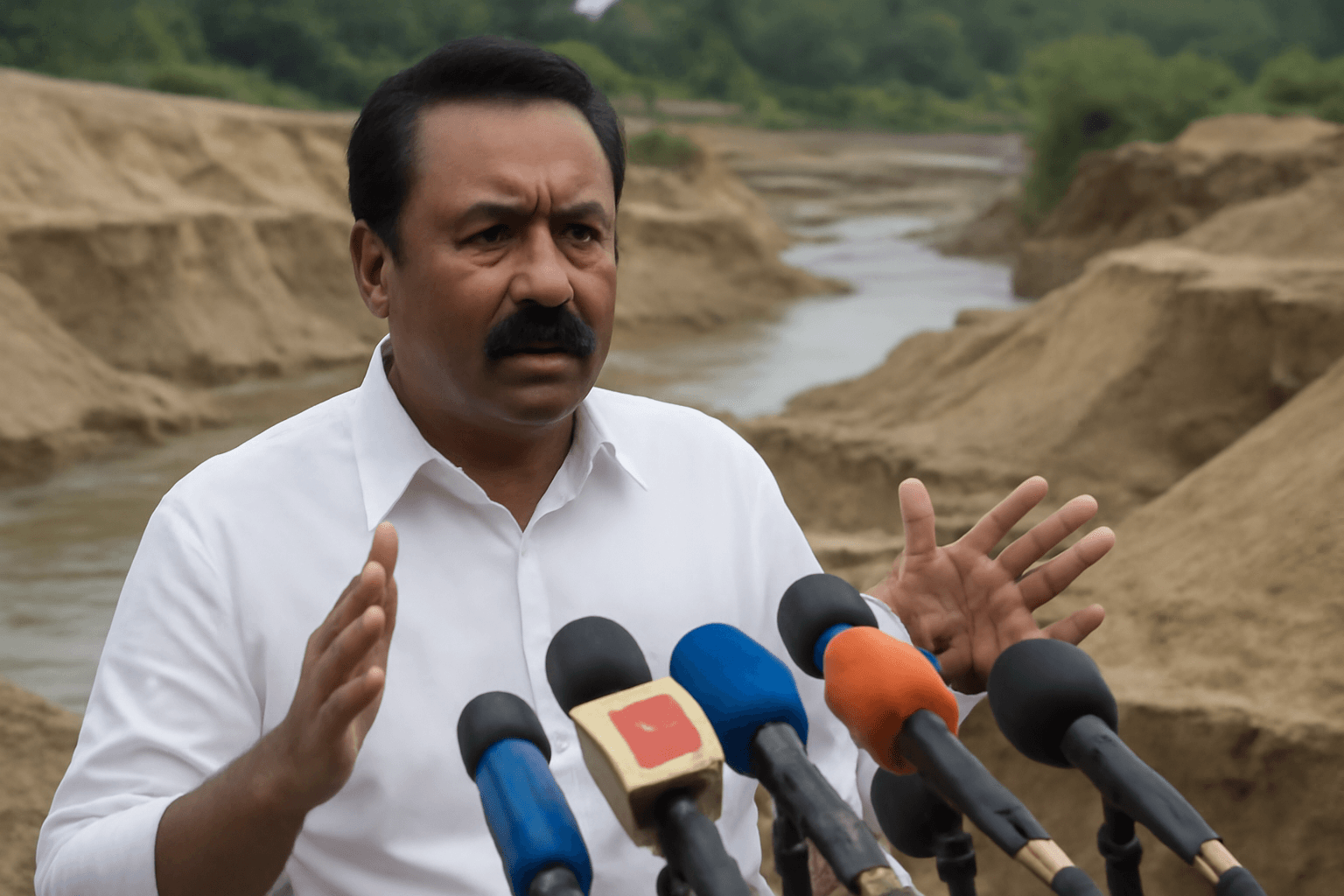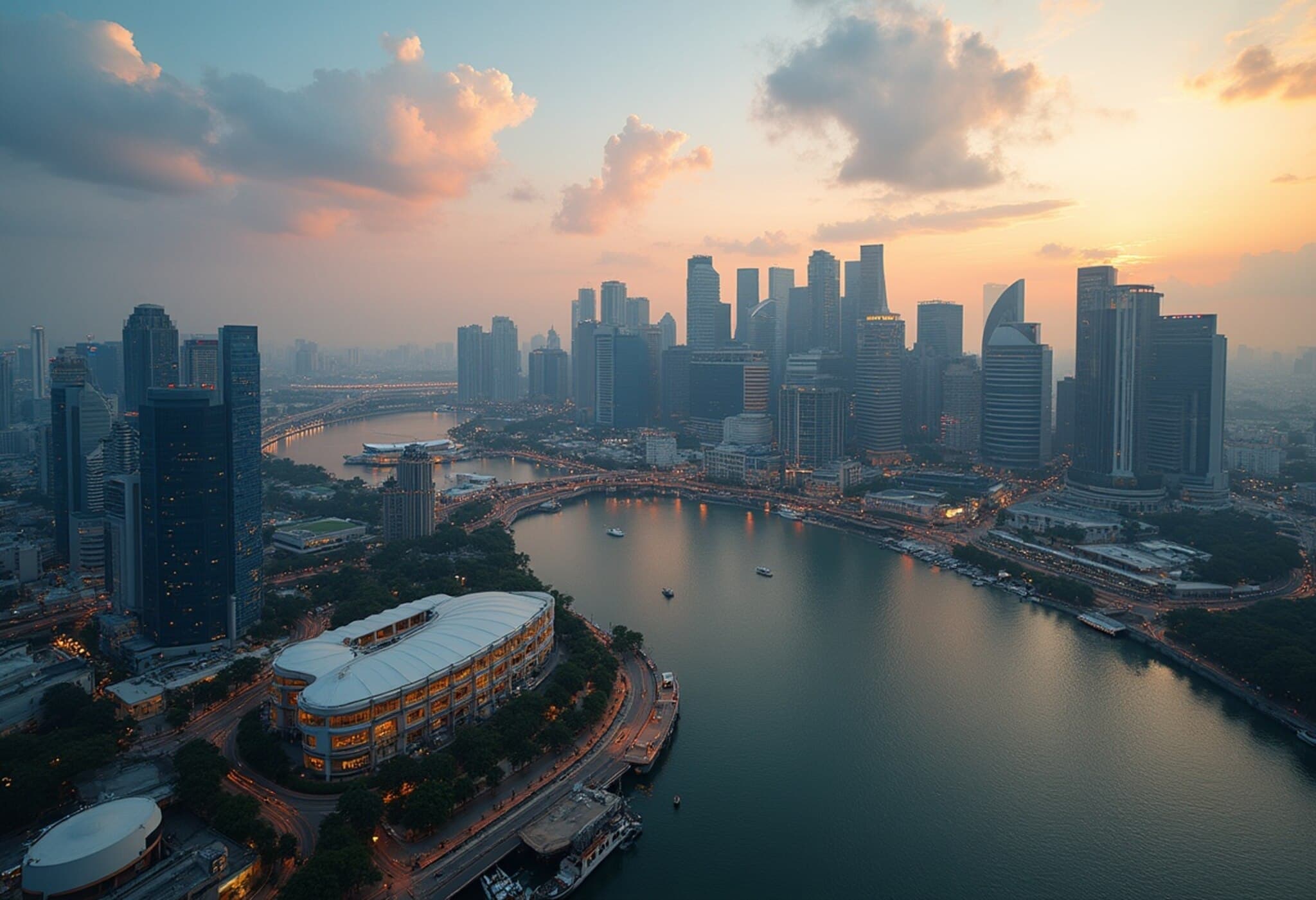Why the World Could Become Uninsurable Amid Climate Crisis
As the climate crisis accelerates, leading global insurers warn we may be nearing a tipping point where the traditional insurance model becomes unsustainable. Increasingly frequent and severe natural disasters are outpacing the industry's ability to cover risks, potentially leaving entire regions without critical insurance protections.
Insurers Face Unprecedented Challenges
Günther Thallinger, a board member at Allianz—one of the world’s largest insurance companies—recently sounded alarms about “temperature levels where adaptation is simply not doable anymore.” In a candid March statement, he emphasized that extreme weather is causing rapid degradation of asset values worldwide, posing a fundamental threat to capitalism itself.
Insurance acts like the invisible grease of the economy, enabling investors and individuals to take measured risks. But with around two-thirds of economic losses from natural catastrophes currently uninsured, Thallinger warns of a significant protection gap. This gap means the financial brunt of disasters increasingly falls on individuals, businesses, and governments instead of insurers, a scenario unsustainable in the long run.
Günther Thallinger, Allianz board member: "We are clearly on a pathway now of 2.7 to 3 degrees Celsius warming where adaptation is simply not doable anymore. This is just what it is."
Scientific Warnings and Economic Realities
Scientific consensus underscores a dire warning: global temperature rise must be limited to 1.5°C above pre-industrial levels to prevent catastrophic environmental shifts. Exceeding this threshold risks triggering irreversible “tipping points” that could devastate ecosystems, economies, and communities.
Adaptation efforts—strengthening infrastructure, redesigning urban layouts, and investing in resilient technologies—remain feasible and economically sound up to a certain limit. Allianz estimates that the cost of actual damage from natural catastrophes is roughly ten times greater than what it costs to prepare for them. Yet, unchecked warming beyond 2.7–3°C would overwhelm adaptation efforts, making some scenarios irreversible, such as protecting Amsterdam from a three-meter sea-level rise.
Industry Consensus: The Outlook Is 'Alarmingly Bleak'
Zurich Insurance Group corroborates Allianz's concerns. In April, Zurich described the global climate resilience outlook as “alarmingly bleak.” It cited the devastating floods early this year as a stark example of even rich countries’ unpreparedness.
Zurich’s recent research revealed that insured losses have been rising at 5.9% annually over the past 30 years, outpacing global economic growth, which averaged 2.7% annually during the same period. This means disasters are not only becoming more frequent and severe, but the cost to insurers is growing disproportionately — signaling increasing premiums and potential coverage limitations for consumers and businesses alike.
The Role of Catastrophe Bonds
To manage escalating natural disaster risks, insurers utilize financial tools like catastrophe (CAT) bonds—investment vehicles that shift risk to capital markets in case of major disasters. Swiss Re reports that the CAT bond market has expanded by about 75% since 2020.
However, Allianz’s Thallinger cautions that historic correlations between increased risk and growing business could break down if climate change intensifies unchecked. This breakdown could ripple through broader financial markets, destabilizing investment flows and economic stability.
Steve Evans, editor-in-chief at specialist data provider Artemis.bm, paints a concerning picture: "Without increased resilience and protection measures, rising disaster frequency and costs could spiral into an economic and insurance crisis, making premiums unaffordable and coverage inaccessible." This vicious cycle threatens to undermine the very foundation of risk management.
Loss Prevention: A Critical Piece of the Puzzle
Not all experts agree the industry is on the brink of collapse. Tobias Grimm, chief climate scientist at Munich Re, the world’s leading reinsurer, argues the question isn’t whether coverage will cease, but rather how pricing and risk management will evolve.
Grimm points out that insurance markets remain healthy provided risk-adjusted premiums are charged. He highlights that much of the problem stems from poorly managed land use and continued development in high-risk areas, such as California’s wildfire-prone suburbs. Effective loss prevention strategies, better urban planning, and land management can mitigate some risks and sustain insurability.
What This Means for Policy and Society
- Policymakers face mounting pressure to invest in climate adaptation infrastructures and incentivize risk-averse urban development.
- Insurers must innovate beyond traditional models, integrating advanced data analytics, catastrophe bonds, and collaborative risk-sharing frameworks.
- Individuals and businesses need to adapt practices to mitigate risk and engage actively in resilience-building measures.
The convergence of rising climate risks and insurance industry challenges underscores a broader societal imperative: to rethink how we manage risk, allocate financial responsibility, and prepare for an increasingly uncertain future.
Editor's Note
As extreme weather events intensify globally, the insurance industry’s ability to underwrite risks sustainably is under unprecedented stress. The growing protection gap reveals a silent crisis threatening financial security for millions. This evolving narrative invites critical questions: How can insurers, governments, and communities collaborate more effectively? Is there a limit to economic adaptation? And most importantly, can policy innovation keep pace with a warming world to prevent large swathes of the planet becoming effectively uninsurable?
Understanding this intersection of climate science, economics, and risk management is vital for policymakers, investors, and consumers alike. The coming years will test society’s resilience—and the insurance sector’s foundational role within it.













